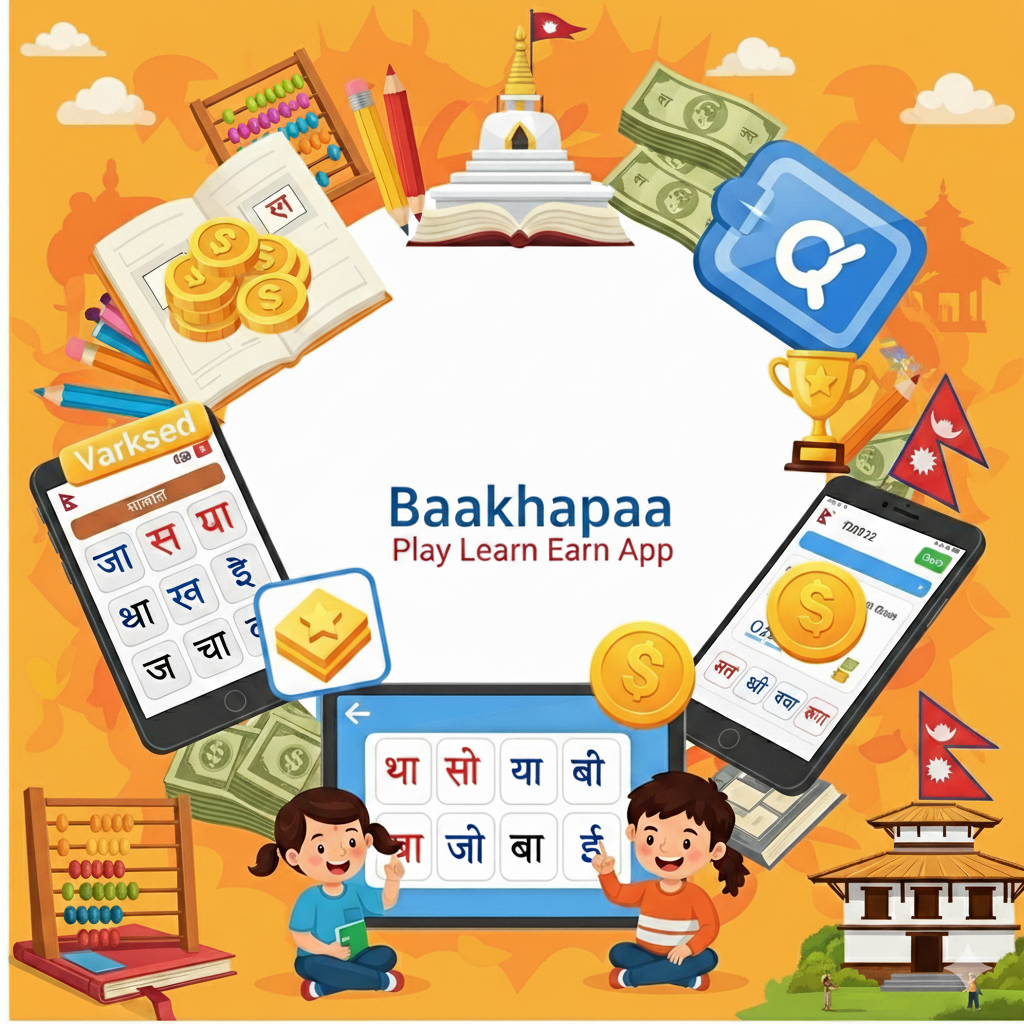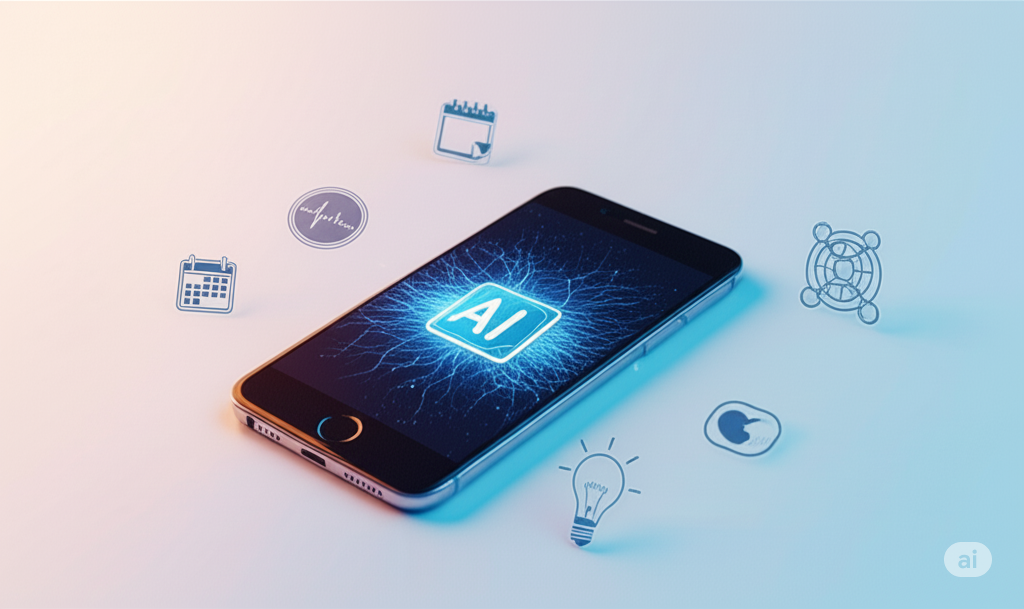Web3 & Beyond: What's Next for the Decentralized Internet in 2026?
The term "Web3" has been a buzzword for several years now, promising a paradigm shift towards a more decentralized, user-owned, and transparent internet – the next-generation internet. As we stand in May 2025, looking ahead to 2026, the initial hype has somewhat subsided, making way for more focused development and a clearer picture of what the Web3 future might realistically hold. Beyond the speculative frenzy around cryptocurrencies, what blockchain applications, NFT trends 2026, DAO evolutions, and metaverse development are gaining practical traction?
Web3 in 2025: A Quick Recap
The journey to Web3 has seen significant milestones. By 2025, the industry has grown considerably, with thousands of startups and companies operating in the space. We've witnessed advancements in Layer-2 scaling solutions for blockchains (making them faster and cheaper), increased institutional interest in digital assets, and a growing awareness of data privacy and ownership – core tenets of Web3. However, challenges around user experience, regulatory clarity, and true decentralization versus performance trade-offs remain active areas of discussion and development.
Beyond the Buzz: Maturing Blockchain Applications in 2026
While cryptocurrencies brought blockchain to mainstream attention, its practical uses of blockchain extend far further. By 2026, we expect to see more mature applications in:
- Supply Chain Management: Enhanced transparency and traceability of goods from origin to consumer, combating counterfeiting and improving efficiency. Expect more real-world pilots and initial scaling in this sector.
- Digital Identity: More secure and user-controlled digital identity solutions, giving individuals greater sovereignty over their personal data. This could streamline KYC processes and reduce identity theft.
- Healthcare: Secure sharing of medical records (with patient consent), pharmaceutical traceability, and streamlining clinical trials are promising areas, though widespread adoption will still be navigating regulatory hurdles.
- Intellectual Property (IP) Management: Using blockchain to transparently register and manage IP rights for creators, musicians, and innovators.
- Voting Systems: While still largely experimental, expect continued exploration of blockchain for more secure and transparent voting mechanisms in specific contexts.
The Evolution of Ownership: NFT Trends 2026
Non-Fungible Tokens (NFTs) exploded onto the scene primarily through digital art and collectibles. The future of NFTs in 2026 looks set to be more focused on utility and real-world integration:
- Utility NFTs: Beyond just JPEGs, NFTs will increasingly grant access to exclusive content, memberships, event tickets, and unique experiences.
- NFTs in Gaming: True ownership of in-game assets (skins, characters, land) that can be traded across platforms or even sold for real-world value will continue to be a major driver. Interoperability between games will be a key area of development.
- Tokenizing Real-World Assets (RWAs): Representing ownership of physical assets like real estate, luxury goods, or even financial instruments as NFTs on the blockchain could make these assets more liquid and accessible. Asset tokenization is projected for significant growth.
- Digital Identity & Credentials: NFTs could represent educational certificates, professional licenses, or even aspects of one's digital identity.
The focus will shift from speculative hype to NFTs that provide tangible value and utility to their holders.
Decentralized Governance: The Rise of DAO Governance Models
Decentralized Autonomous Organizations (DAOs) are internet-native organizations collectively owned and managed by their members. Decisions are often made via token-based voting on the blockchain.
- Evolving Models: By 2026, we'll likely see more sophisticated and specialized DAO governance models. This could include modular DAOs (breaking down governance into smaller, focused units) and mechanisms for delegated voting to improve efficiency in larger DAOs.
- Practical Uses: While still facing challenges like voter apathy and legal ambiguity, DAOs will continue to be used for managing community treasuries, funding projects, governing decentralized protocols, and creating member-driven communities.
- Transparency: The inherent transparency of blockchain-based voting and treasury management remains a key appeal.
Metaverse Development: From Hype to More Tangible Experiences?
The initial grand vision of a single, all-encompassing metaverse has been tempered by reality. However, metaverse development continues.
- Niche & Purpose-Driven Metaverses: Instead of one metaverse to rule them all, expect to see more traction in specialized virtual worlds tailored for specific purposes – virtual workspaces for collaboration, immersive learning environments, dedicated social gaming platforms, and branded experiences.
- Improved Interoperability (Slowly): The ability to seamlessly move avatars and assets between different virtual worlds will likely still be a work in progress in 2026, but efforts towards standardization will continue.
- Enhanced User Experience: Focus will be on making metaverse experiences more accessible, intuitive, and less reliant on expensive, niche hardware. Gartner once predicted that by 2026, 25% of people would spend at least one hour a day in the metaverse for work, shopping, education, social, or entertainment. While the exact adoption rate is debatable, the trend towards more immersive digital interaction is clear.
The User Experience in the Decentralized Internet 2026
A major focus for the decentralized internet 2026 will be improving the user experience (UX). Early Web3 applications were often clunky and difficult for non-technical users. By 2026, expect:
- Smoother onboarding processes.
- More intuitive wallet designs that abstract away complexities like private keys for everyday users.
- Better integration between dApps (decentralized applications).
- Improved scalability and lower transaction fees on many blockchain networks due to Layer-2 solutions and more efficient chains.
(RakeshRajbhat.com Angle) Navigating Web3: Education and Engagement
Understanding the core concepts of Web3 is becoming increasingly important in our digital lives.
- Learning the Ropes: Platforms like RakeshRajbhat.com can play a crucial role by offering accessible explanations and quizzes on Web3 concepts such as blockchain, NFTs, DAOs, and the metaverse. This helps demystify these technologies for a broader audience.
- Web3 in Action - The Baakhapaa Example: The principles of Web3 are not just theoretical. Applications like the Baakhapaa creator platform (which describes itself as a Play, Learn, and Earn platform) can embody these ideals. Its potential blockchain foundation could be used for:
- Empowering Creators: Providing transparent ways for creators to own and monetize their content.
- Tokenized Rewards: Utilizing a "Baakhapaa Wallet" for users to earn and manage rewards (perhaps in the form of tokens or NFTs) for their engagement, learning, or participation in challenges.
- Community Governance: Potentially incorporating DAO-like features for community decision-making on the platform's future. This showcases how Web3 isn't just about finance, but about building new models for digital interaction, ownership, and community.
Challenges Remaining on the Road to Web3
Despite progress, the Web3 future still faces hurdles:
- Scalability: Ensuring blockchains can handle mass adoption without compromising speed or cost.
- Regulation: Governments worldwide are still developing clear regulatory frameworks.
- User Adoption: Making Web3 truly easy and compelling for the average internet user.
- Security: Protecting users from scams and smart contract vulnerabilities.
- Sustainability: Addressing the energy consumption of some blockchain networks.
Conclusion: A Year of Maturation and Practicality
The decentralized internet 2026 will likely be characterized by less speculative hype and more focus on building sustainable, user-friendly applications with real-world utility. While a complete societal shift to Web3 is still a longer journey, expect to see blockchain applications becoming more integrated into specific industries, NFT trends 2026 moving firmly towards utility, DAOs experimenting with more robust governance, and metaverse development yielding more focused and accessible experiences. It will be a year of steady maturation, where the next-generation internet continues to lay its foundations, one practical use case at a time.
Please login to leave a comment.


 Rakesh Rajbhat
Rakesh Rajbhat




